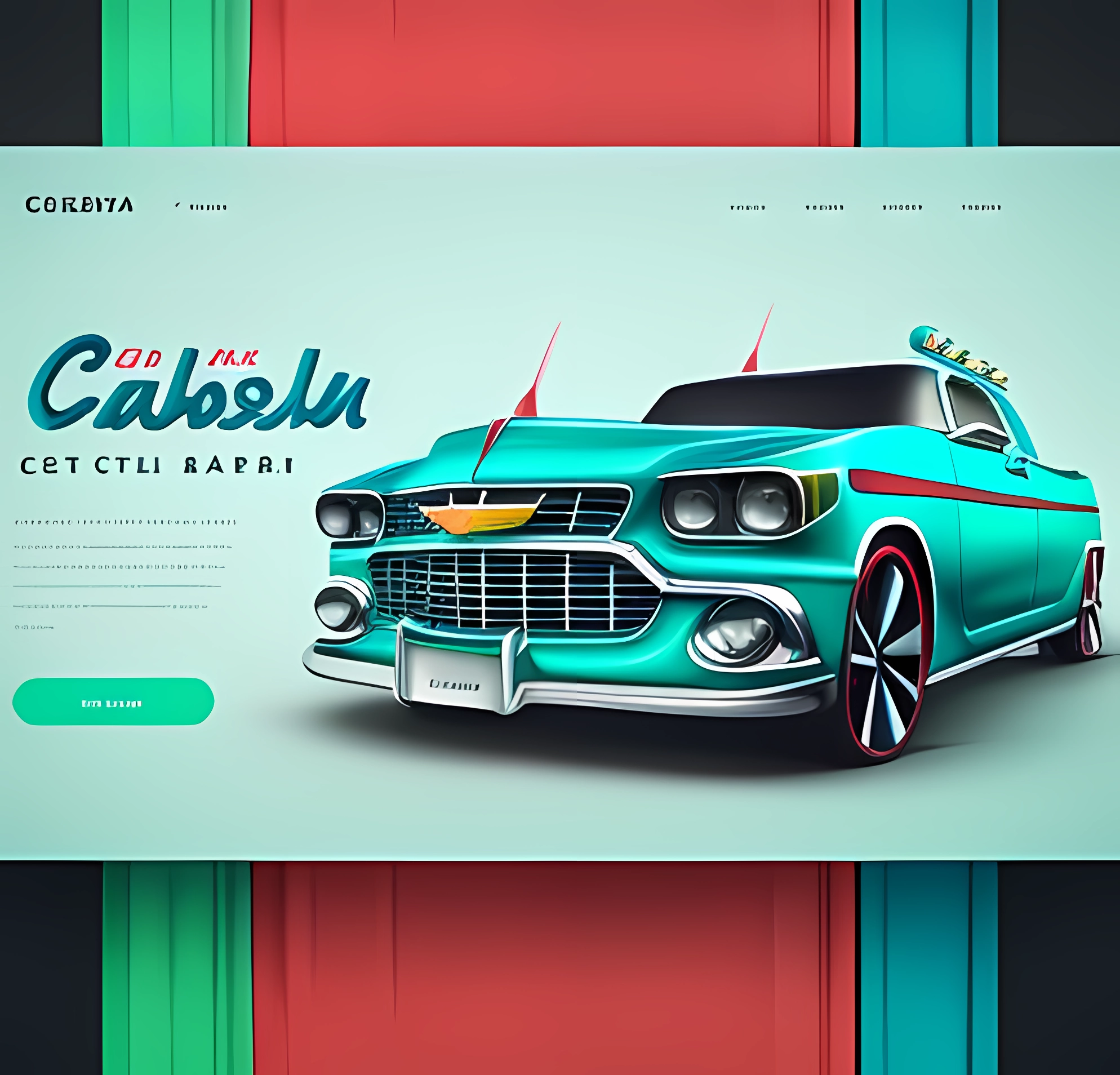Table of Contents
- Why W3C Valid Code Is a Non-Negotiable (Even If No One's Talking About It)
- Why W3C Validation Matters
- A Real-World Breakdown of Bad Code Impact
- W3C Validation: The Hidden Pillars of a Strong Website
- 1. Improved Search Engine Optimization (SEO)
- 2. Improved Accessibility
- 3. Improved Cross-Browser Compatibility
- 4. Improved User Experience
- 5. Better Maintainability and Scalability
- Common W3C Validation Errors (and Why They Matter)
- The Chain Reaction of Broken Code
- How to Check Your Website for W3C Validation
- What Makes a “Good” Website?
When people talk about good websites, they usually focus on design, speed, SEO, or content. All valid topics — but there's something foundational that’s often overlooked:
The quality of the code.
Specifically, W3C-valid code.
It might not sound exciting, but it directly affects everything from how a search engine sees your site, to how a person with a screen reader experiences your content, to how future-proof and stable your site actually is.
Whether you’re building a blog, an e-commerce store, a nonprofit homepage, or an enterprise-level app, bad code breaks things. Good code builds trust.
So let’s break down why valid HTML and CSS (W3C-compliant) is the silent hero of successful websites — and why ignoring it could silently sabotage everything you’re working to achieve.
Why W3C Valid Code Is a Non-Negotiable (Even If No One's Talking About It)
What Makes a Good Website – And Why Clean Code Should Be at the Core
Why W3C Validation Matters
Most website visitors won’t know whether your HTML validates or not. But the systems and tools they rely on absolutely do.
That includes:
- Search engine crawlers like Googlebot
- Assistive technologies like screen readers
- Web browsers on different devices and screen sizes
- Automated accessibility and performance audits
- Future developers who need to work on your site
When your code is full of errors — missing tags, broken structure, invalid nesting, or outdated syntax — it’s like asking those systems to read a book with missing pages, scrambled sentences, and blank chapters.
It might look okay to the human eye, but behind the scenes?
Things break.
And when things break, you lose rankings, customers, and credibility — without even knowing why.
A Real-World Breakdown of Bad Code Impact
Imagine this scenario:
Someone launches a beautiful new website. It’s fast. It has great content. They’re investing heavily in SEO.
But… rankings stay low. Traffic trickles in. Leads are almost nonexistent.
A quick check with the W3C Validator reveals 200+ HTML and CSS errors.
Here’s what might be happening:
- Google can’t crawl the site efficiently.
- Important content isn’t getting indexed.
- Accessibility tools are skipping over broken sections.
- Meta tags are being ignored.
- Layout breaks on mobile devices or older browsers.
- Users get frustrated, bounce, and never return.
All of that — from some “invisible” code errors.
W3C Validation: The Hidden Pillars of a Strong Website
1. Improved Search Engine Optimization (SEO)
Clean, semantic HTML makes it easier for search engines to understand your content. That means:
- Better indexing
- More relevant rankings
- Less crawl waste
You don’t have to be an SEO expert to appreciate that valid code = easier crawling = better results.
2. Improved Accessibility
W3C validation ensures your site follows basic accessibility standards.
This is especially critical for users who rely on assistive technology (like screen readers) to access the web.
Messy code doesn’t just make things harder — it can make things completely unusable for some users.
The RNIB found that 97% of websites fail to meet basic accessibility standards. Valid HTML helps address that.
3. Improved Cross-Browser Compatibility
Every browser interprets code a little differently. Modern ones are forgiving… until they’re not.
Valid code reduces rendering inconsistencies across:
- Chrome
- Firefox
- Safari
- Edge
- Mobile devices
- Screen sizes and resolutions
Inconsistent layouts or broken features = lost trust and lost conversions.
4. Improved User Experience
Your visitors might never read your source code, but they’ll feel the effects of bad code:
- Pages that don’t load correctly
- Buttons that don’t respond
- Forms that don’t submit
- Menus that behave erratically
Good code means a predictable, stable, and pleasant experience — for every visitor.
5. Better Maintainability and Scalability
If your codebase is riddled with errors, technical debt builds up fast.
That means:
- Future updates break things.
- New developers struggle to make changes.
- Plugins and integrations fail silently.
Clean, valid code is easier to:
- Audit
- Improve
- Extend
- Debug
And ultimately, easier to trust.
Common W3C Validation Errors (and Why They Matter)
- Unclosed HTML tags
→ Can prevent whole sections from rendering properly or confuse screen readers. - Duplicate IDs
→ Break JavaScript functionality and confuse assistive tech. - Improperly nested elements
→ Lead to rendering issues, accessibility failures, and inconsistent UI. - Missing alt attributes
→ Exclude blind or visually impaired users from understanding image content. - Deprecated or non-standard tags/attributes
→ Can break in future browser updates.
The Chain Reaction of Broken Code
Here’s the uncomfortable truth:
Broken Code → Broken UX → Broken SEO → Broken Trust → Broken Business
That may sound dramatic, but in a digital-first world, your website is often your first (and only) impression.
Behind every clean, high-performing, accessible site is valid code.
How to Check Your Website for W3C Validation
Use this free tool from the World Wide Web Consortium:
🔗 https://validator.w3.org/
Just enter your website URL and the tool will scan your HTML and CSS for compliance.
You’ll get a list of errors and warnings. Don’t panic if there are a few — but do take steps to fix them.
What Makes a “Good” Website?
Let’s summarize.
A good website isn’t just about how it looks. It’s about:
- How it functions
- How well it communicates with search engines
- How accessible it is to all users
- How future-proof and stable it remains
And all of that begins with the code.
Frequently Asked Questions
No, it’s not a direct ranking factor. But invalid code can break crawlability and indexing, which does impact SEO in real, measurable ways.
- Errors are violations of HTML/CSS standards that can break functionality or accessibility.
- Warnings are potential issues or suggestions that might affect compatibility or performance.
Not necessarily. But the fewer errors, the better. Some frameworks or third-party tools might inject unavoidable issues, but your baseline code should be clean.
Looking fine ≠ working fine. Issues may affect bots, mobile devices, or assistive tools even if you don’t notice them visually.
Yes. Developers write the code, but designers depend on it for layout consistency and accessibility. Everyone benefits from clean code.
- HTML/CSS linters
- IDEs like VS Code with validation plugins
- Frameworks with built-in linting (like Next.js, Vue, etc.)
- Browser dev tools



Comments
Log in to add a comment.